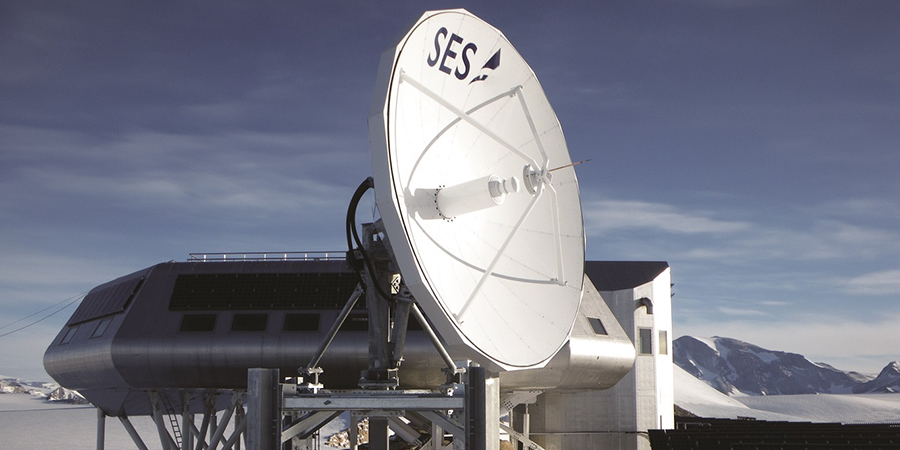By Imran Malik, Global VP, Fixed Data, SES
5G networks, which promise to change our lives by enabling a truly connected world, still have a long way before reaching the phase of complete deployment. GSM or 2G is still around and will continue to serve the voice communication needs in the emerging markets.
Industry analysts believe 4G migration to the edge of the network will speed up due to the 5G hype. Traditionally, communications satellites were seen to be the last option for the network planners due to the high operating cost, limited throughput, higher latency and physical deployment challenges at the cell sites.
The space industry which used to be the exclusive domain of the governments has seen an unprecedented rise of start-ups funded by private money. The time between the dawn of space age and 2009 only saw a handful of private companies emerge. Since 2009, according to industry estimates, more than $20 billion of private money has been invested into 435 companies related to space. Satellite-related companies have attracted more than $10 billion of this investment followed by launch vehicles.
The combination of the new high-throughput satellites, lower launch costs and innovations in the antenna technologies is making satellites mainstream with cellular operators being the main beneficiaries here.
SES, which operates more than 75 satellites in different orbits, has successfully implemented innovative backhaul solutions to enable rapid deployment of 4G. It has pioneered the deployment of carrier-neutral satellite-based transmission sites that can provide simultaneous backhaul services for 2G, 3G and 4G services to multiple mobile network operators.
SES uses its high-throughput O3b satellites, deployed in the medium Earth orbit (MEO), which lowers the latency significantly. By offering only three points of failure, the SES solution is more reliable than terrestrial fiber or multiple microwave hops. One of SES success stories in this area was in southwest Pakistan where the solutions was deployed.
SES also provides a roadmap for the future which will enable migration to 5G. With mPOWER, the next generation of MEO satellites, the throughput will increase at the same low latency.
The mPOWER constellation will provide an additional layer of flexibility. The cellular operator will be able to dynamically move the traffic to other sites as the traffic profile changes. The ultra-high throughput capability of mPOWER, along with its lower latency, will enable quite a few use cases of 5G as well.






